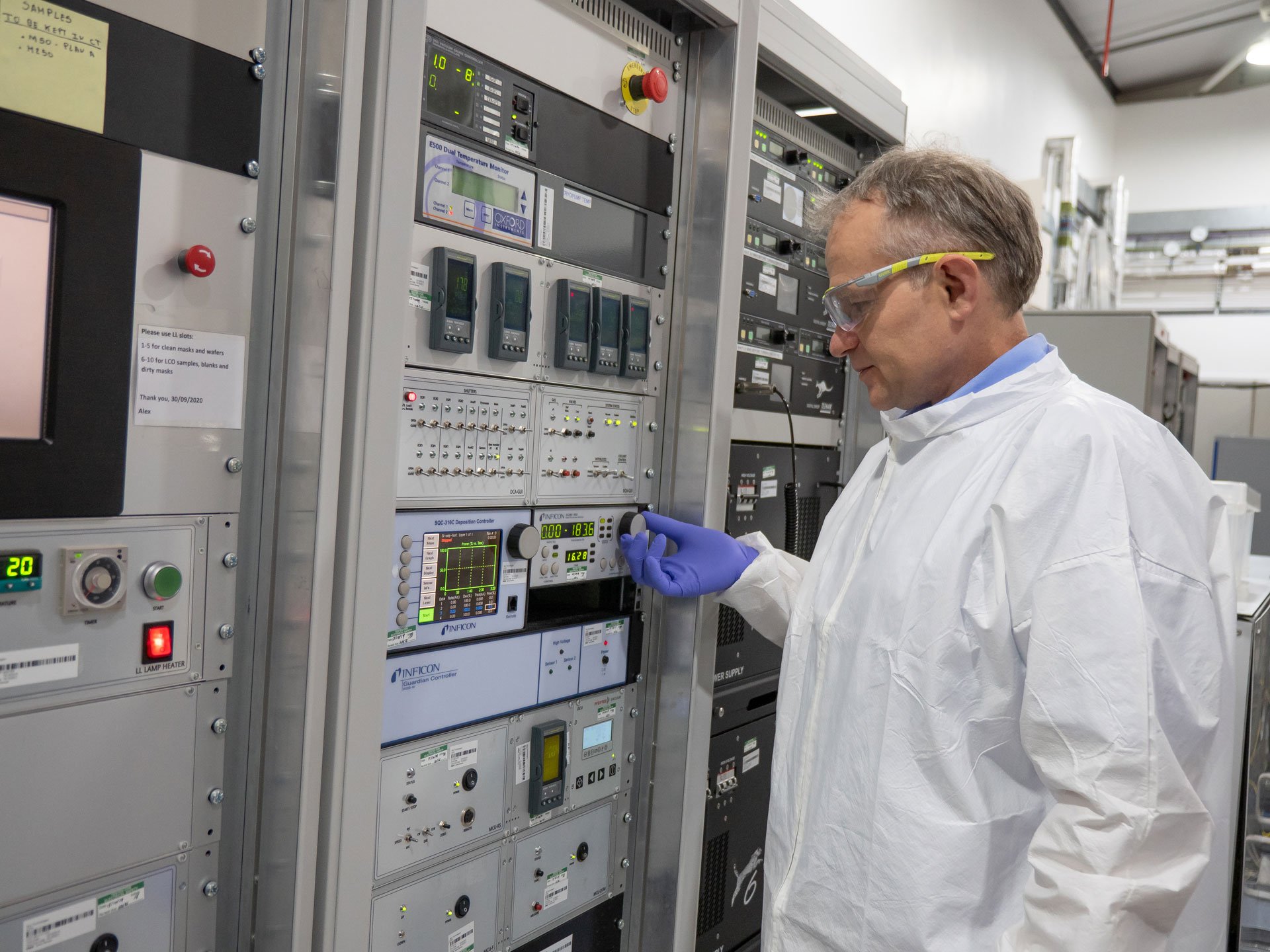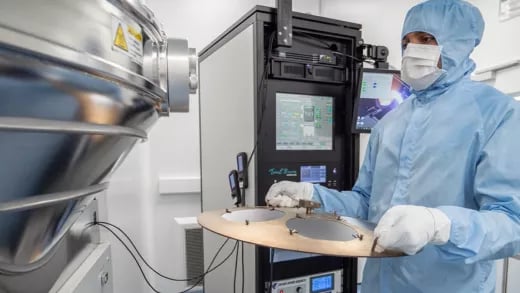Ilika plc (LON:IKA) is the topic of conversation when Baden Hill Partners’ Clean-Tech Equities Specialist Dr Tom McColm caught up with DirectorsTalk for an exclusive interview.
Q1: Ilika announced interim results, was there anything that stood out for you?
A1: Yes, there was actually. There were two things really, both relating to commercialisation, one from each of their two solid-state battery platforms.
The first is Stereax, the small-scale solid-state battery platform for deployment, particularly in the Medtech industry, the real thing that stood out there was the progression. In the last half-year, you may remember that I talked about a Memorandum of Understanding they had with this very large US tier one distributor called Cirtec. Well, in this time they’ve actually successfully progressed that MOU into a full 10-year licensing and royalties contract, so that’s a great development for them and it really stood out.
On the Goliath side, the larger cells for more traditional solid-state battery cells for deployment in the EV industry, what really stood out there was that they’ve achieved energy density parity with incumbent lithium-ions and reached what’s called the D4 cell design freeze. That’s the first step really on the road to prototyping and shipping cells into automotive OEM hands for paid-for trials so it’s a real landmark move from development in the lab into industrialisation with commercial partners.
So, both those things were in this this half and both stood out.
Q2: Just looking at the first one that you mentioned, the small-scale solid-state battery Stereax, what should shareholders and investors looking out for from that programme?
A2: As the answer to the last question, the Cirtec deal really is a big deal, to excuse the pun so, just developments and announcements around the progression of that partnership.
We’re looking for the completion of the technology transfer, the ongoing and completion of product process and then product qualification and the exciting onset of the first product shipments to paying customers and licensing payments.
So, let’s hope there’s plenty of announcements around that exciting partnership.
Q3: And the Goliath programme, again, what should shareholders and potential investors be looking out for from the group on the larger-scale side?
A3: Again, relating to the answer to the first question, but they’ve reached this design freeze, that is on the path to what’s called a P1 prototype.
So, we want to see them hitting that P1 prototype and then shipping it out into real automotive OEM customer hands who will be paying for those to do trials on them, so we really want to look out for that happening through 2024.
And then further, this was what we called the D4 design freeze, we want to be looking for further 5, 6, 7 or 8 design freezes as that cell improves and moves towards P2 and eventually towards what’s called the MVP, the minimum viable product that they are targeting to reach some point in 2025.
Q4: What’s your take on Ilika’s general strategy and how do you see things potentially developing going forward?
A4: That’s a good question. I think now the way things are looking, I think they will continue developing both sides of their business, the microscale Stereax solid-state battery and the larger format Goliath solid-state battery.
We’ve mentioned before, maybe if they couldn’t keep that second programme properly funded, they may want to look to spin it off or sell it off, but they’ve done well on getting grant funding enough to move that far enough along, but I think they will definitely be looking to keep moving both of those programmes forward.
As Stereax, through the Cirtec agreement and others, begins to take off and costs get shifted onto these licenses, larger manufacturing partners and revenues start to come in, then resource and costs can be shifted across from the Stereax programme into the Goliath programme. That can really ship that along to get to this P2 prototype and then the minimum viable product, where at that point, they’ll have proper commercial options with that programme as well.
I’m hoping also at some point in the Goliath programme, the group will reach a point technologically, development-wise where they’ll get permissions or agreements with, it’s clear that they’re working with, I think, up 17 OEM partners, the majority of which are large automotive OEMs, so for sure, some of those will be big household names.
Now, at the moment, other than the grants they have, in terms of an actual commercial partnership, they’re still not public with any of those names, and I’d hope that at some point, at least one or two of their closest partners will go public and that would be huge in terms of raising the profile of the company, globally, basically.








































